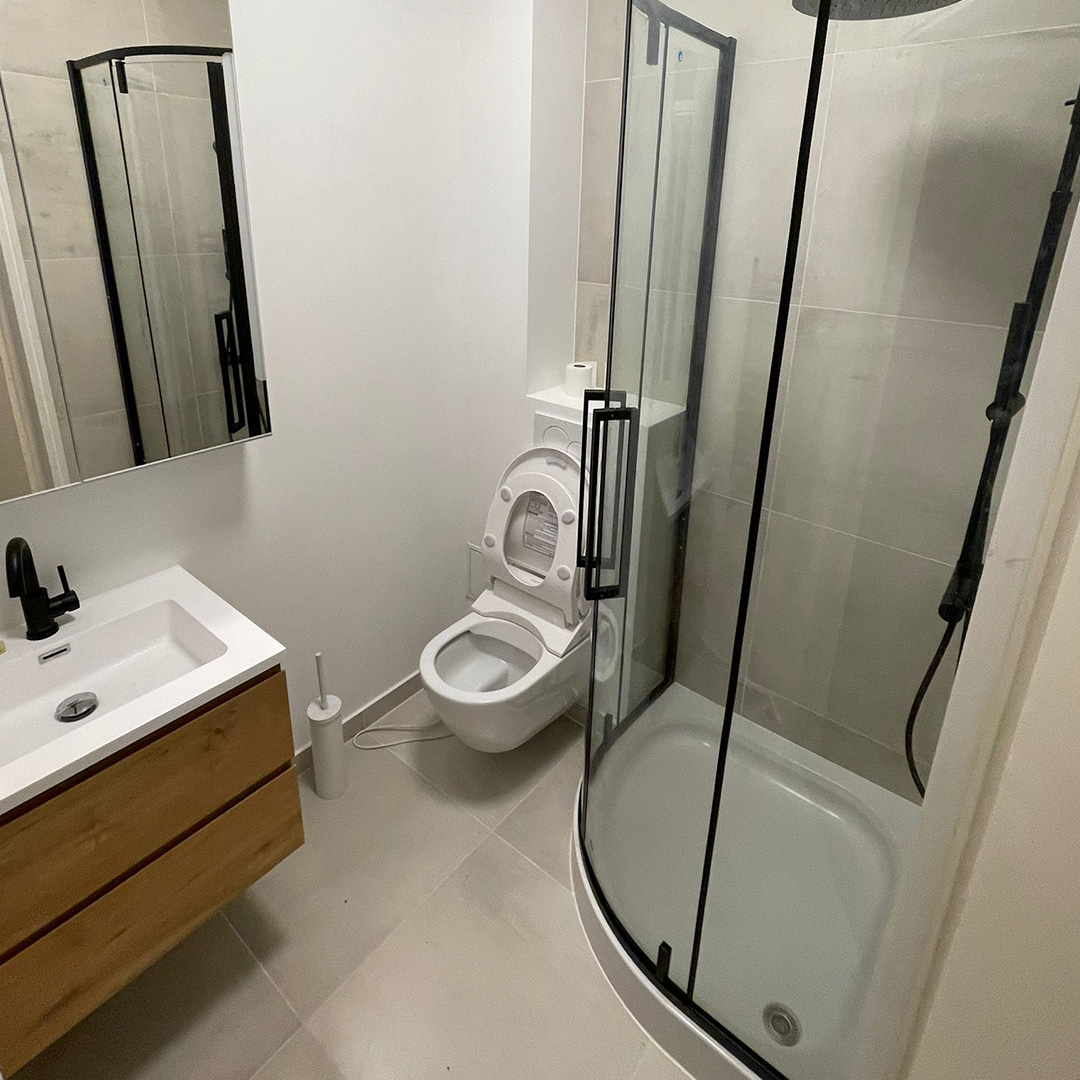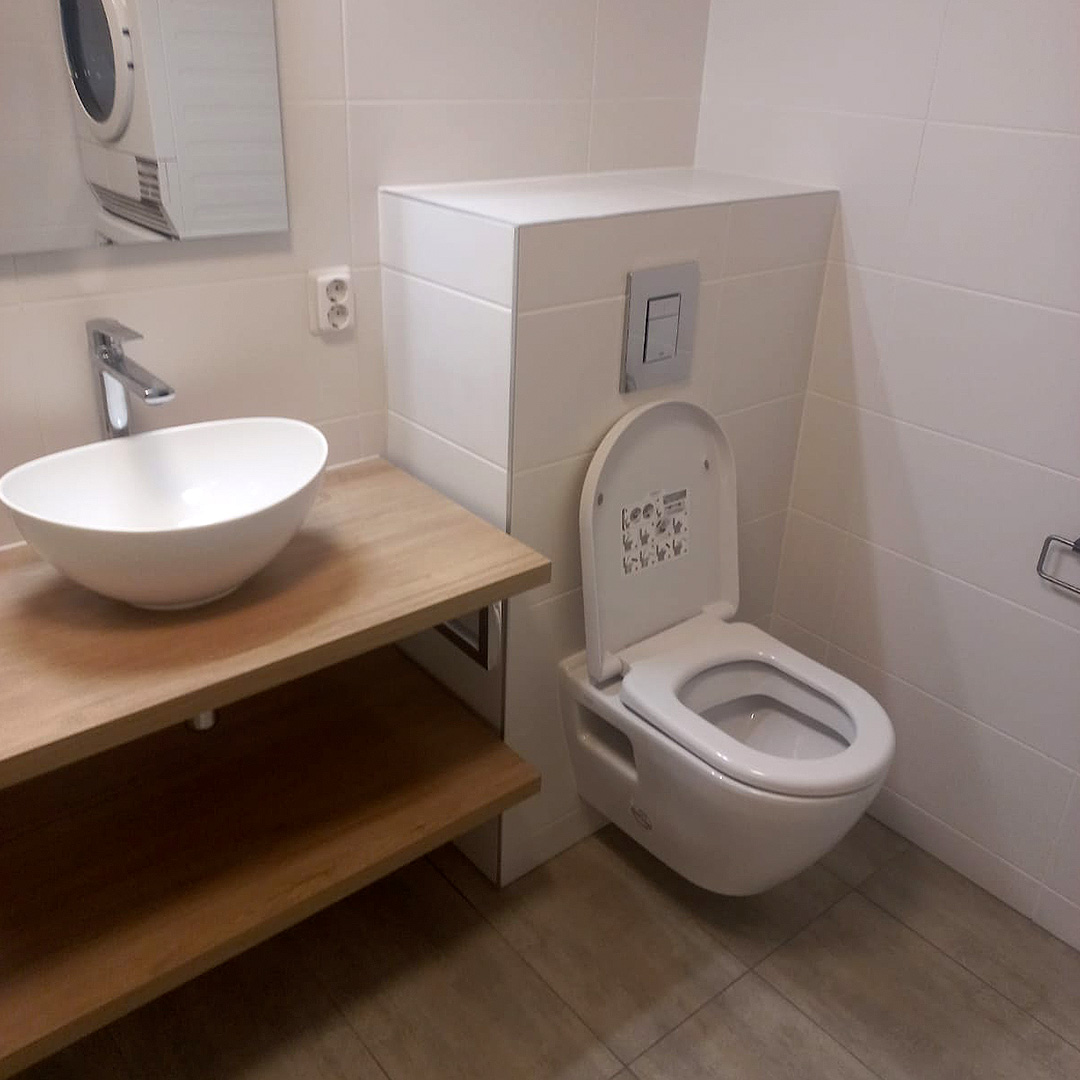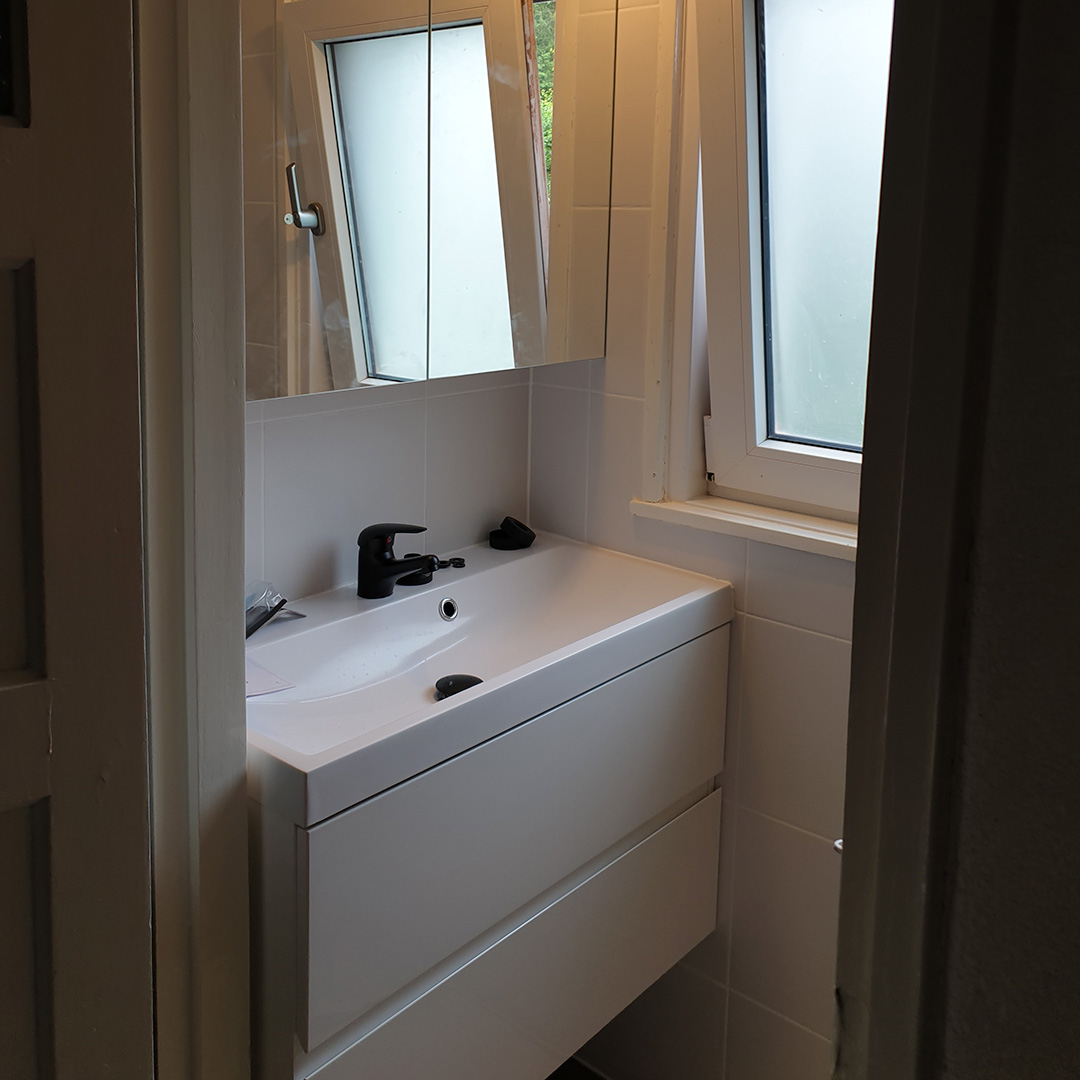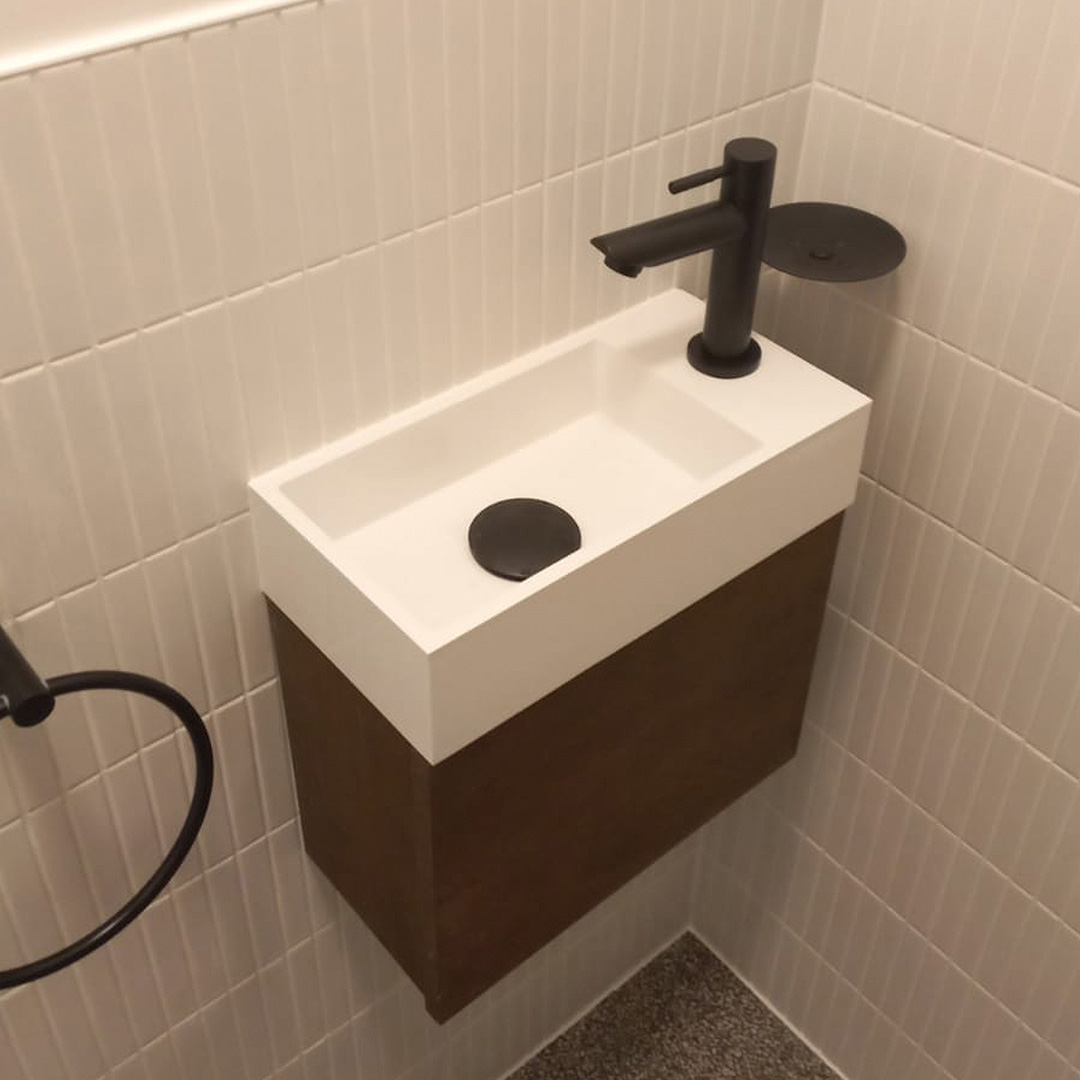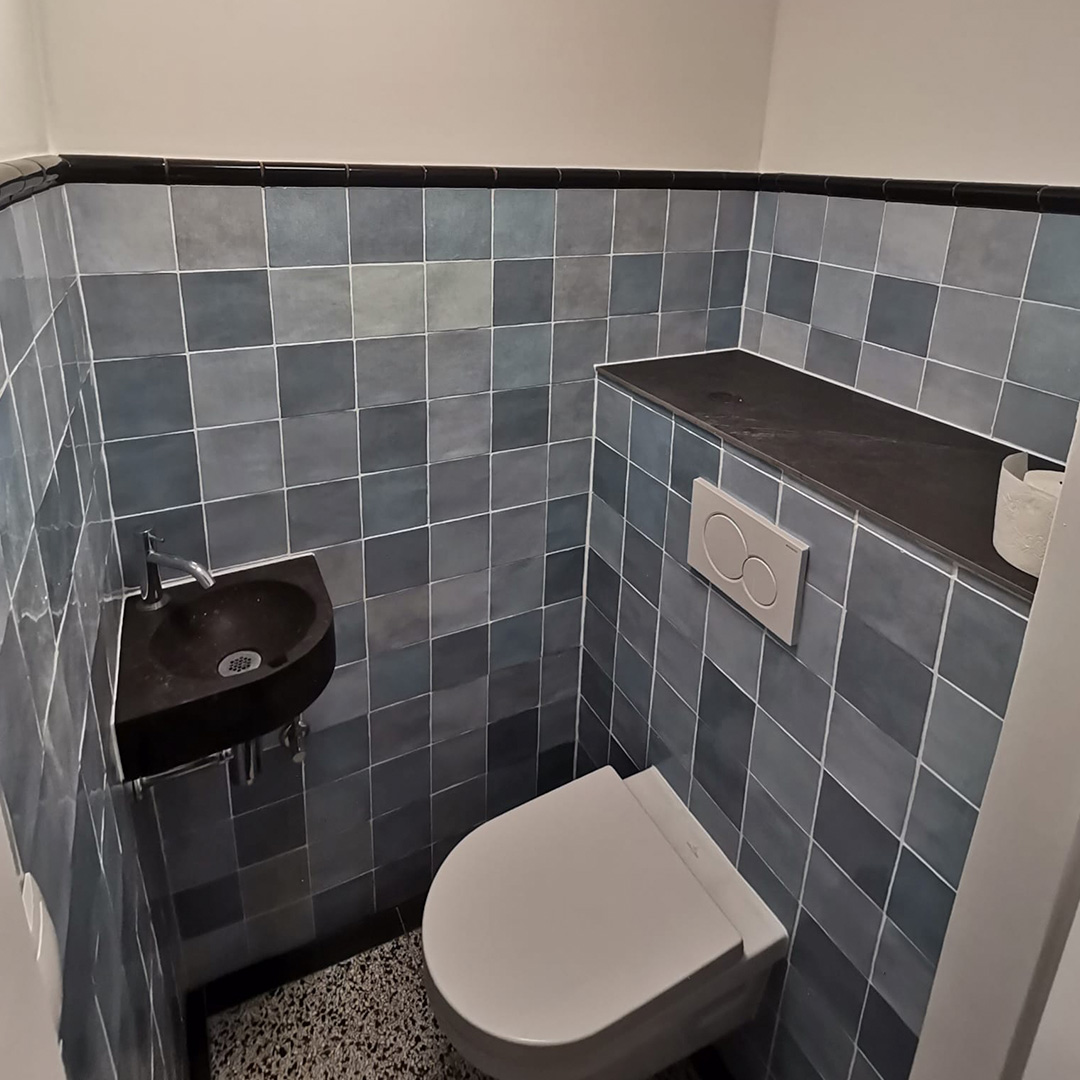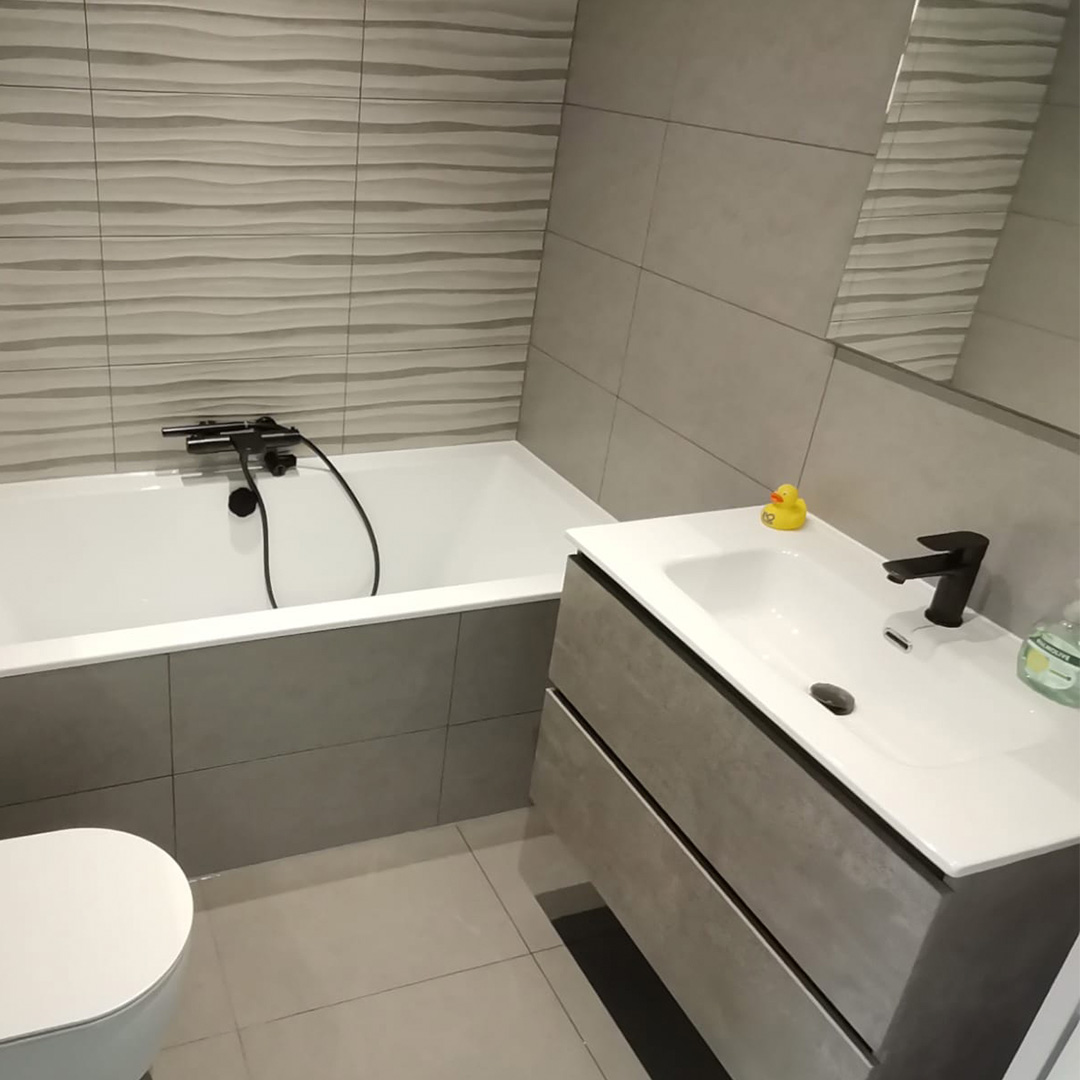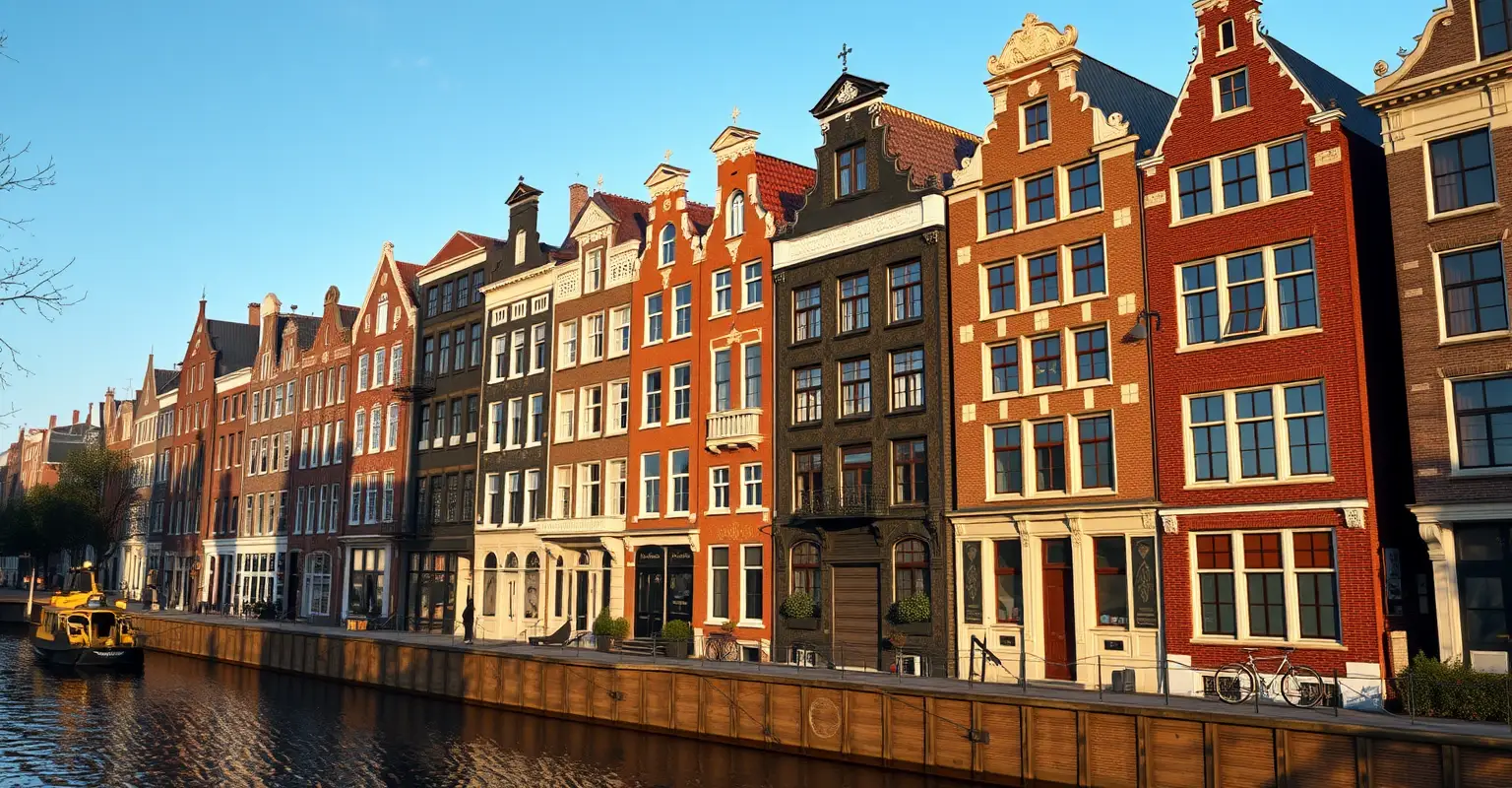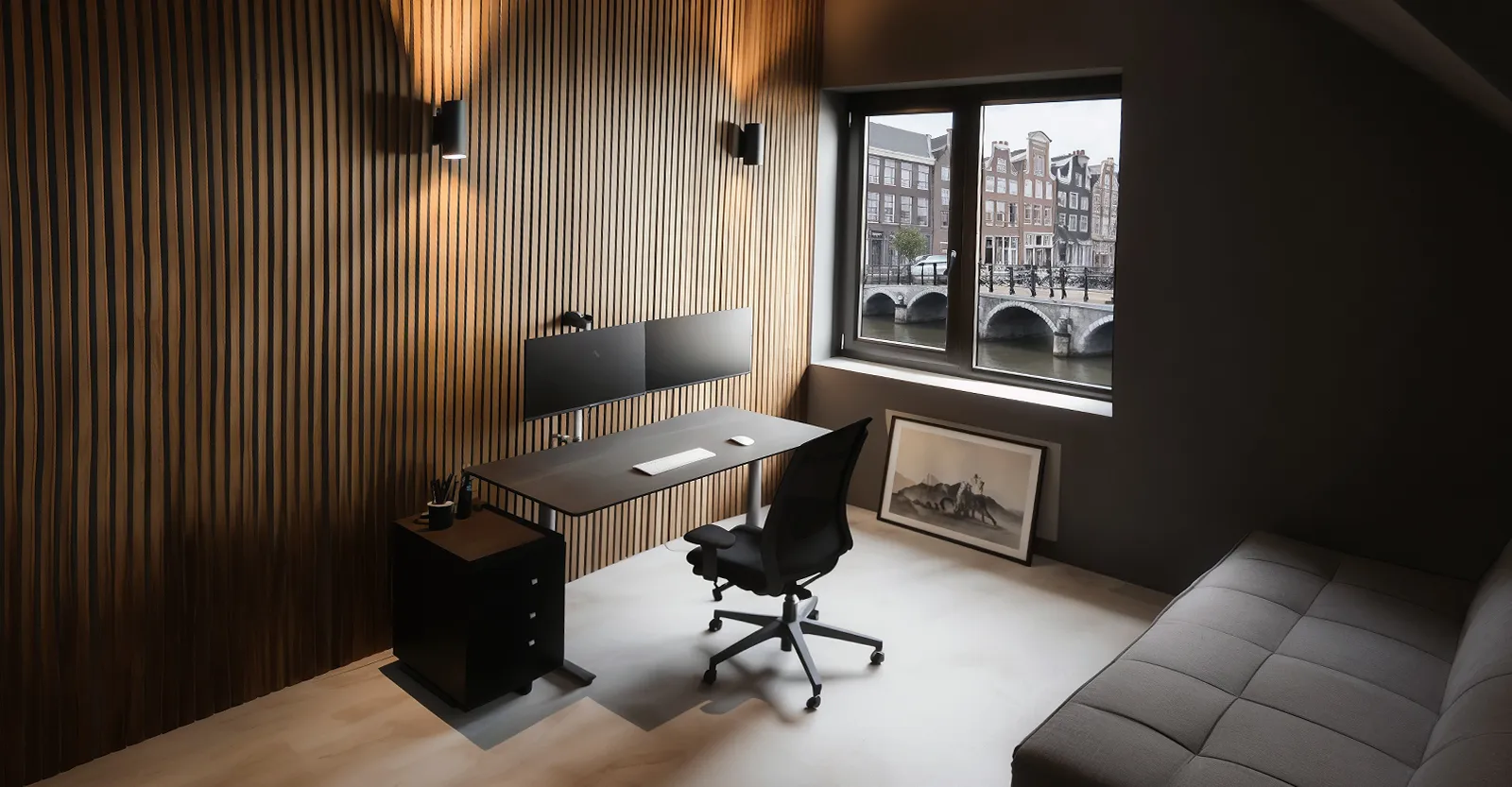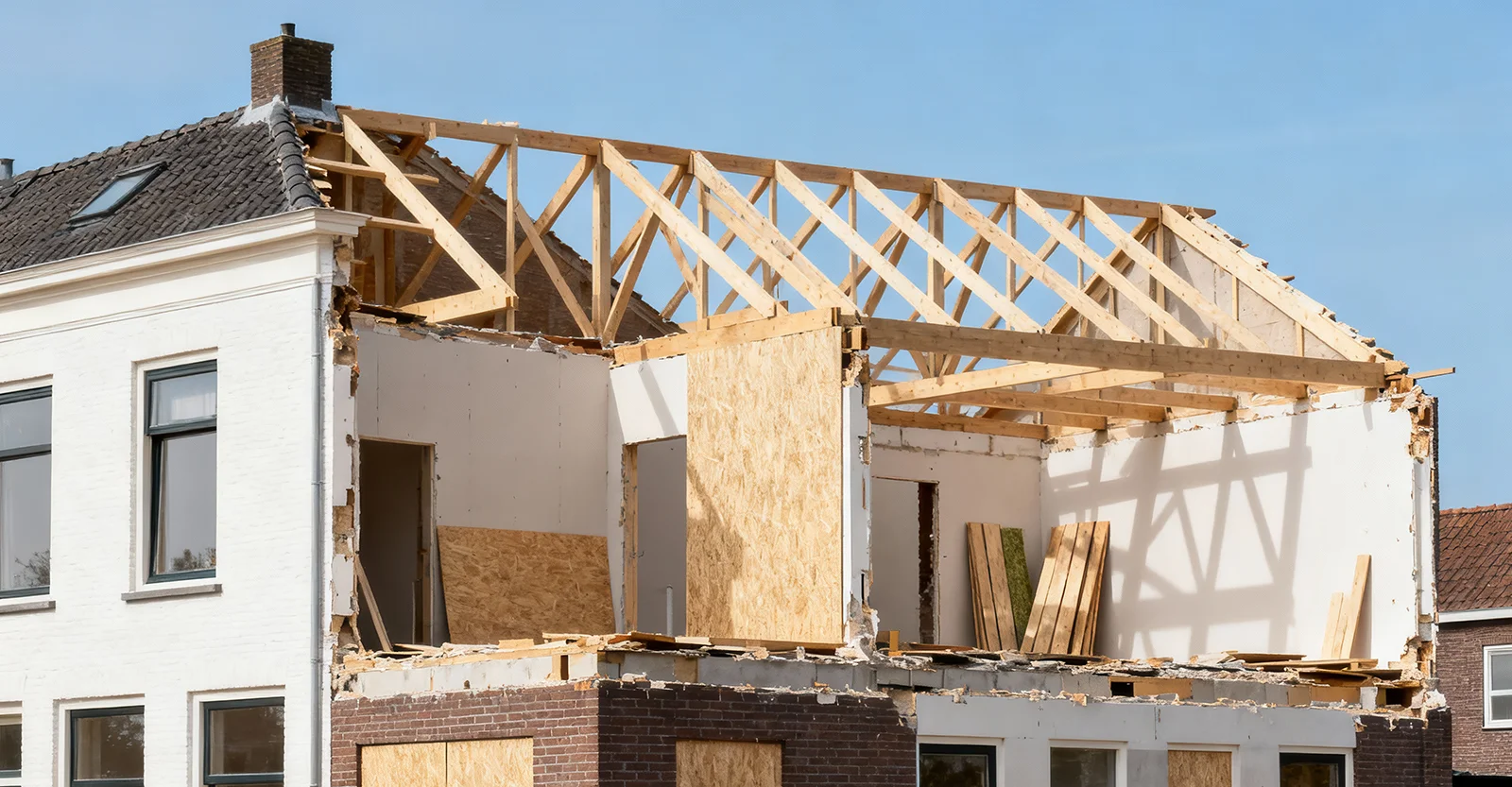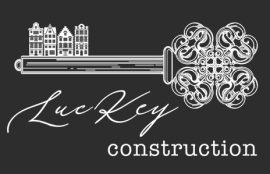The Netherlands is home to some of the most iconic and historically significant architecture in Europe, with its windmills, canal houses, and centuries-old buildings reflecting a rich cultural heritage. However, as time passes, these structures face the challenges of aging, environmental wear, and evolving urban needs. To address these issues, modern renovation techniques are increasingly being used to preserve Dutch architectural heritage. These efforts not only protect the past but also integrate contemporary solutions that ensure these buildings remain functional in the present and future. Let’s explore how the Netherlands is balancing architectural preservation with modern renovation.
The Importance of Architectural Preservation
Preserving architectural heritage is essential for maintaining a connection to the Netherlands’ rich cultural history. Dutch cities like Amsterdam, Delft, and Utrecht are known for their unique architectural styles, from traditional gabled facades to intricate brickwork that tells the story of the nation’s past.
- Cultural Identity: Historic buildings are a physical representation of Dutch identity, offering a glimpse into the country’s history and the lives of its people over the centuries.
- Tourism and Economy: Preserved architectural sites are major tourist attractions, contributing to the economy by drawing millions of visitors each year.
- Sustainability: Preserving existing structures is also a sustainable practice, as it reduces the environmental impact of demolishing buildings and constructing new ones.
However, preserving these buildings is not without its challenges. Many are centuries old and require careful renovation to maintain their structural integrity while keeping their historical significance intact.
Modern Renovation Techniques for Historical Buildings
Renovating historical buildings requires a delicate balance between maintaining original features and incorporating modern amenities. Dutch architects and preservationists are using advanced techniques and innovative materials to achieve this balance, ensuring that these buildings can meet contemporary standards without losing their historical charm.
1. Structural Reinforcement
One of the primary concerns with historical buildings is ensuring they remain safe and structurally sound. Many older buildings were constructed using materials and techniques that no longer meet modern safety standards. Structural reinforcement is therefore a key aspect of any renovation project.
- Reinforced Foundations: Many older Dutch buildings, particularly those in Amsterdam’s canal district, are built on wooden piles that have weakened over time. Renovations often involve reinforcing these foundations to prevent subsidence and preserve the structure.
- Steel Supports: Where necessary, modern steel reinforcements are added to walls, beams, and ceilings to ensure that the building can withstand today’s load-bearing requirements.
By combining modern engineering with traditional materials, Dutch renovators ensure that historical buildings remain safe without compromising their original aesthetic.
2. Restoring Facades and Exterior Features
The exteriors of Dutch heritage buildings are some of the most recognizable elements, from the stepped gables of Amsterdam to the rustic charm of brick farmhouses in the countryside. Restoration efforts focus on maintaining these iconic features while repairing damage caused by age and environmental factors.
- Brick Restoration: Many Dutch buildings feature intricate brickwork that requires meticulous restoration to preserve its original appearance. Specialized techniques are used to clean, repair, and, where necessary, replace bricks with historically accurate materials.
- Window and Door Frames: Original woodwork around windows and doors is often restored or replaced with exact replicas made from sustainable materials, ensuring both authenticity and longevity.
Maintaining the facade is crucial for preserving the visual identity of historical buildings, ensuring that they remain a testament to the architectural styles of the past.
3. Energy Efficiency and Sustainability
While preserving the original character of historical buildings is vital, modern renovations also focus on improving energy efficiency and sustainability. This is particularly important as the Netherlands pushes towards its climate goals and a more sustainable future.
- Insulation Upgrades: Many older buildings were constructed without proper insulation. Modern renovation techniques include adding discreet insulation in walls, roofs, and floors to improve energy efficiency without altering the building’s appearance.
- Energy-Efficient Windows: Replacing old windows with energy-efficient double or triple glazing helps reduce heat loss while maintaining the building’s traditional look. This solution is particularly popular in urban areas like Amsterdam, where energy efficiency is a priority.
- Solar Panels and Green Technologies: Where possible, solar panels and other green technologies are integrated into the renovation process. In some cases, these additions are made in ways that are not visible from the street to preserve the building’s historical appearance.
By incorporating modern sustainability practices, Dutch renovators are ensuring that historical buildings not only honor the past but also contribute to a greener future.
Challenges of Balancing Preservation and Modernization
Renovating historical buildings is a complex task that requires careful planning and collaboration between architects, preservationists, and local authorities. One of the key challenges is striking the right balance between maintaining historical authenticity and incorporating modern conveniences.
- Regulatory Compliance: Strict regulations govern the renovation of historical buildings in the Netherlands. These rules ensure that any changes made to a building preserve its historical value, but they can also complicate renovation efforts, especially when modern interventions are needed.
- Cost and Maintenance: Maintaining and restoring historical buildings can be expensive. The use of specialized materials and labor often increases the cost of renovation. Additionally, these buildings require ongoing maintenance to preserve their condition over time.
- Integrating Modern Amenities: Adding modern amenities such as elevators, central heating, and air conditioning without compromising the historical integrity of a building is a challenge. Solutions often involve hiding modern systems in ways that do not disrupt the original design.
Despite these challenges, the careful renovation of Dutch heritage buildings ensures that future generations can continue to enjoy and learn from these architectural treasures.
Success Stories of Architectural Preservation
The Netherlands has many success stories where historical buildings have been beautifully restored while integrating modern functionality. From stately canal houses in Amsterdam to historical windmills and industrial buildings, these examples highlight the possibilities of combining preservation with innovation.
1. The Amsterdam Canal Houses
The iconic canal houses that line Amsterdam’s waterways are some of the most recognizable buildings in the world. Many of these 17th-century homes have undergone careful renovation, with modern updates seamlessly integrated into the original structures.
- Preserving Original Features: Elements like gabled facades, wooden beams, and large windows have been meticulously restored while adding modern conveniences like energy-efficient heating and insulation.
- Blending Old and New: These buildings now offer modern living spaces while retaining the charm and elegance of their historical origins, showcasing the potential of sustainable renovation in urban areas.
2. The Van Nelle Factory in Rotterdam
One of the most striking examples of architectural preservation in the Netherlands is the renovation of the Van Nelle Factory in Rotterdam. Once a bustling factory, it has been transformed into a modern office space while preserving its industrial heritage.
- Innovative Design: The factory’s steel and glass structure has been carefully preserved, and modern office facilities were added without compromising the building’s historical integrity.
- A UNESCO World Heritage Site: The Van Nelle Factory’s successful renovation earned it UNESCO World Heritage status, a testament to its importance in both historical and modern contexts.
These examples demonstrate how modern renovation techniques can breathe new life into historical buildings while maintaining their cultural significance.
Conclusion
Preserving Dutch architectural heritage through modern renovation is a vital process that honors the country’s rich cultural history while adapting to contemporary needs. By combining advanced renovation techniques with a commitment to sustainability and historical integrity, the Netherlands is ensuring that its iconic buildings remain relevant and functional for future generations. From Amsterdam’s canal houses to Rotterdam’s industrial landmarks, the careful balance of preservation and modernization is setting a global standard for architectural renovation.

